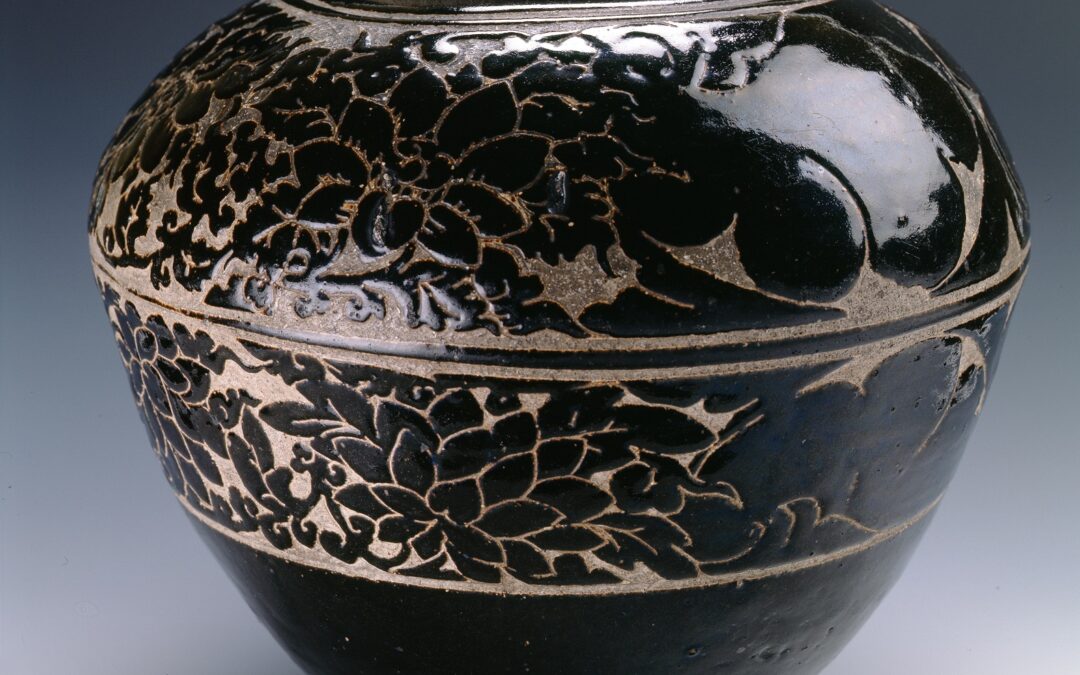
by NRF User | Jan 3, 2024
This Cizhou jar was made by Chinese artisans, likely during the Yuan dynasty, and was a marvel of technological innovation at the time of its creation. Cizhouware refers to ceramics made in a series of kilns in Northern China that, beginning in 925, produced high-quality and utilitarian pieces with decorative designs. The process for making this jar, for example, includes an overglaze and an underglaze, and incised and carved designs.
A jar like this would have belonged to wealthy — but not imperial —Chinese households and although it is decorative, it would have had a very practical purpose as an object for storage.
As it is very different from her typical collecting of Ming or Qing Dynasty ceramics, we don’t know what exactly drew Doris to this jar — it may be the object’s age, it may be its design, or it may be its story. Doris purchased it at the auction of the estate of Mrs. Seton Porter, formally Fredericka Berwind, in 1955.
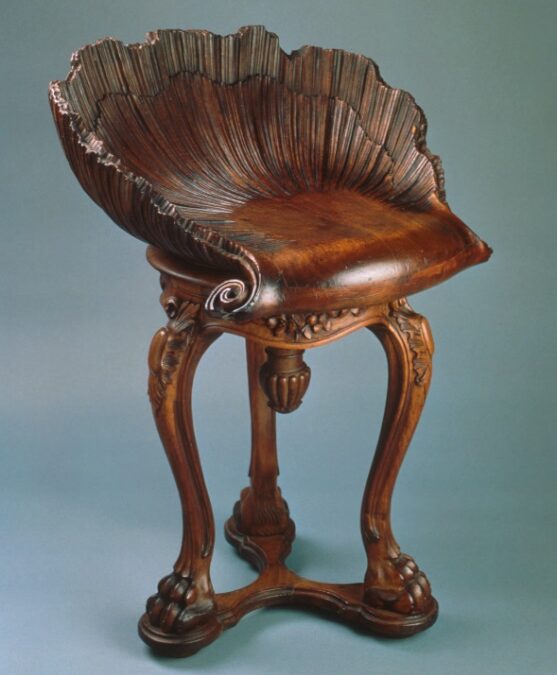
by NRF User | Jan 3, 2024
Revolving shell form seat on cabriole legs with hairy paw feet, commonly called a grotto stool.
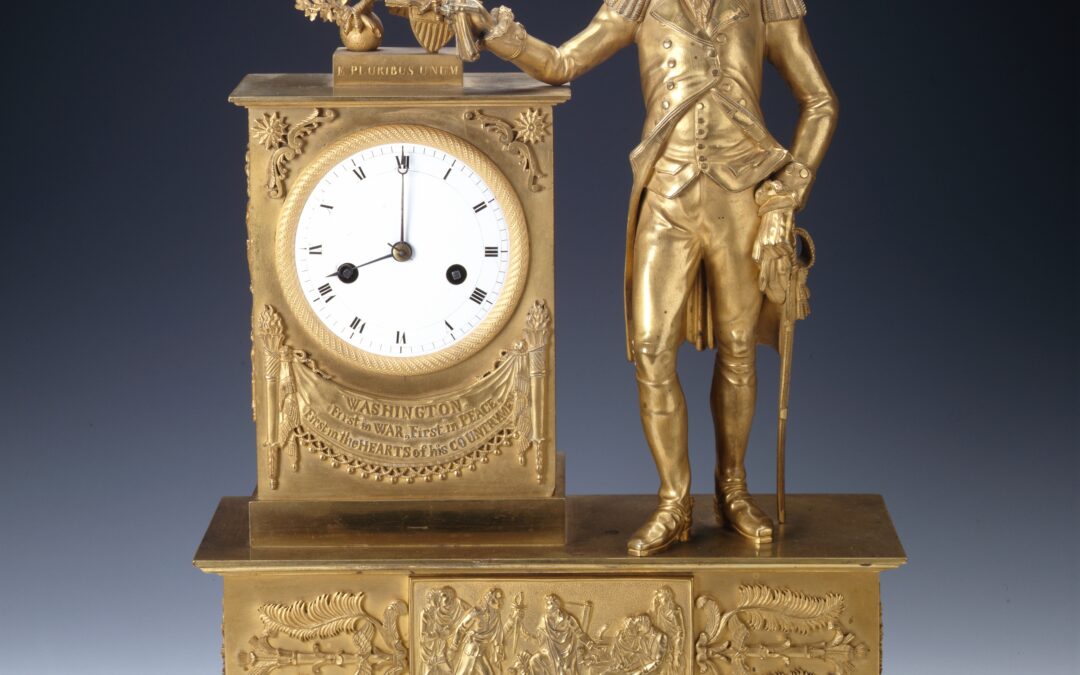
by NRF User | Jan 3, 2024
This mantel clock by French clockmaker “Dubuc” depicts George Washington and is an example of popular objects commemorating the first President of the United States.
This imported French clock features a white enamel dial contained in a rectangular plinth surmounted by a gilt eagle with the motto “E Pluribus unum” flanked on the right by a standing figure of George Washington in military costume. It is likely that Dubuc, who in addition to being a clockmaker was also a merchant, copied Washington’s pose from an engraving of John Trumbull’s well-known painting of Washington. It also includes an inscription on the swag, which is a quote from the funeral oration given by Major General Henry Lee after Washington’s death in 1799.
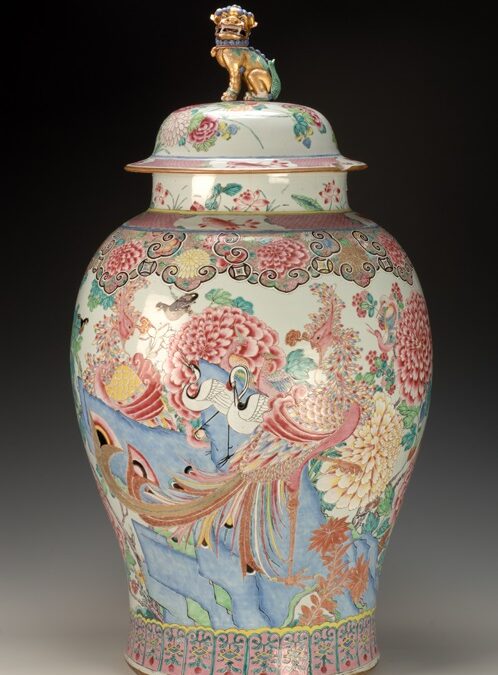
by NRF User | Jan 3, 2024
These decorative jars feature botanical motifs in pink hues known as famille rose — which is a French term that translates to “in the pink family.” These famille rose jars are examples of the 18th-century ceramics purchased by James and Nanaline Duke and originally displayed in the Duke family residence at the corner of 78th Street and 5th Avenue in New York City.
Chinese artisans created these jars specifically for the export market. Everything about them was designed to appeal to Western taste — from the elegant curved shape of the form to the blossoms and bird motifs featured in vivid pink hues.
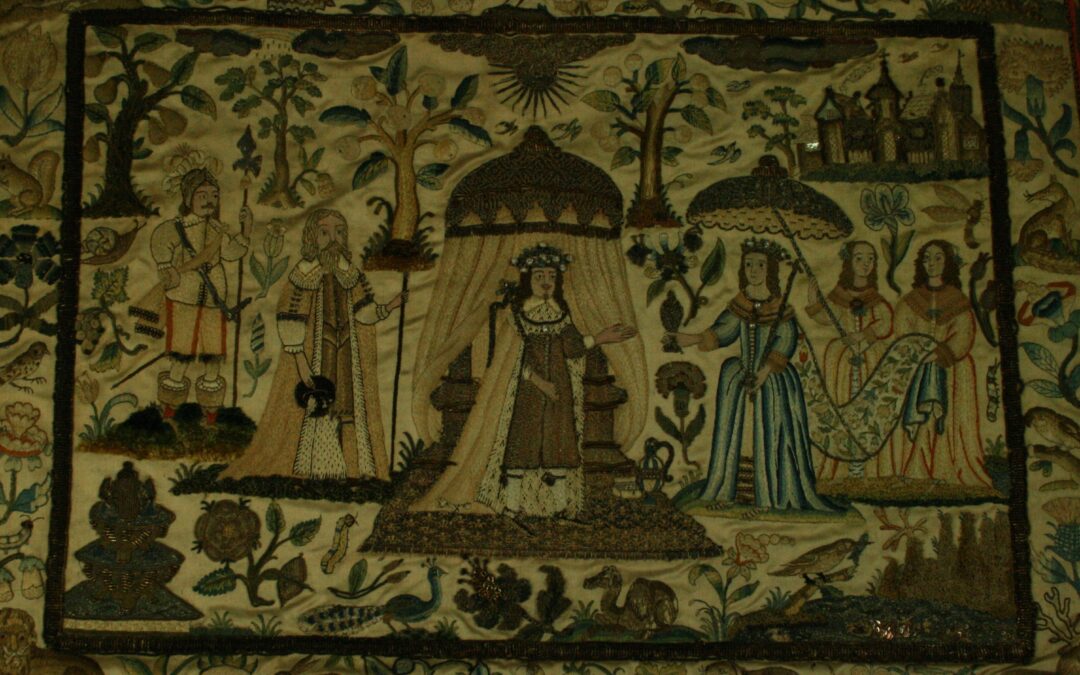
by NRF User | Jan 3, 2024
Look closely—this work of art is made up of thousands of stitches. So-called raised work or “stumpwork” were often created by wealthy women beginning in 17th-century England and were common expressions of handicraft and talent. Most raised embroidered work were not free-handed and were completed using patterns of popular themes—often featuring female figures from histories and stories. This particular example shows Esther (ca. 480 BC), a biblical figure and a great woman who saved her people, the Israelites, from annihilation. While we do not know the identity of the creator of this work, she used her needle and thread to tell a powerful story.
Purchased by Doris Duke in 1960.





